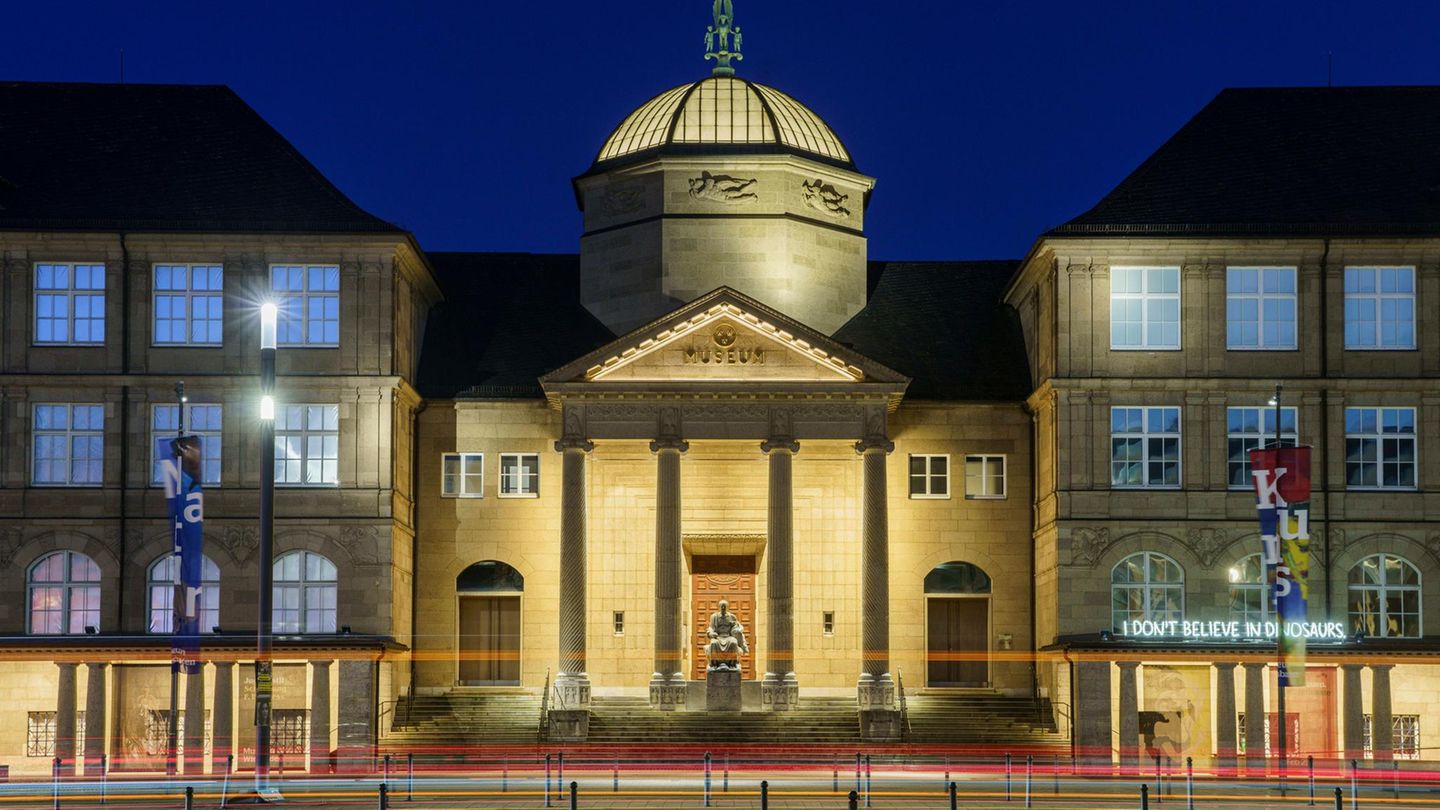The president asked the judges to urgently review the ruling that limits their ability to impose imports on imports. What an impact would be faced with an adverse failure.
The president of the USA, Donald Trump, requested the Supreme Court of the United States that supports the global tariff maneuvering capacity in economic matters.
The content you want to access is exclusive to subscribers.
The appeal, presented after an adverse ruling of a Federal Court of Appeals, seeks that the highest court Try the issue urgently and include it on the November agenda. In April, the lower Court had determined that the president had no authority to impose massive taxes unilaterally to imports appealing to the International Emergency Emergency Powers Law of 1977, a rule that enables the president also to act against national emergencies but that does not explicitly mention the imposition of tariffs.


How would a failure impact or against Donald Trump
The case is of enormous relevance: according to Estimates by Chris Kennedy, Bloomberg Economics analyst, A fault contrary to Trump could reduce the US effective tariff rate – currently around 16.3%, the highest in more than a century – at least half. In addition, it would open the door for the country to be forced to return tens of billions of dollars in charged tariffs and put the provisional trade agreements achieved with key partners at risk.
Donald Trump

The Supreme Court will be responsible for defining how far the power of Donald Trump comes
The Attorney General D. John Sauer warned the judges that, if the ruling is not reversed, “the United States will be unilaterally unilaterally mercy on the commercial retaliation policies of other nations.” In parallel, the Department of Justice reported that even the plaintiffs who question the tariffs agreed that the Supreme Court should intervene expeditiously.
Among the contested measures are the so -called “Liberation Day” tariffs, announced by Trump on April 2, that apply surcharges between 10% and 50% to most imports according to your country of origin. This is the greatest tariff increase from the 1930 Smoot-Hawley tariff laws.
The dispute not only faces the ex -president with the states governed by Democrats and with a group of small businesses that initiated the demands, but also Examine the limits of the presidential authority. The constitutional background is clear: the Magna Carta assigns to Congress the power to set taxes and tariffs, and the definitive failure could redefine how far the discretion of the president comes in International Trade and Economic Security Affairs.
Source: Ambito




